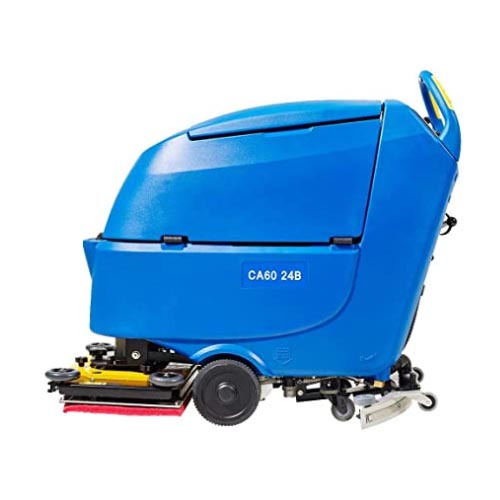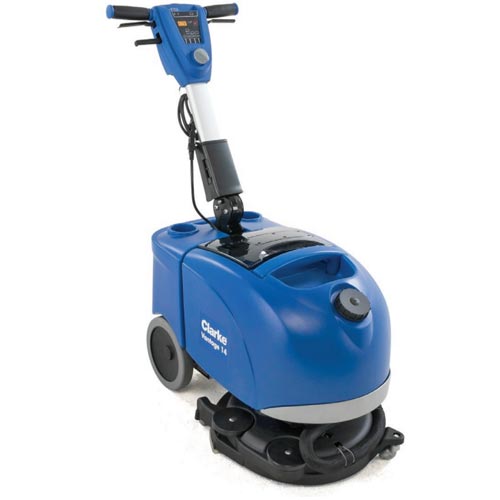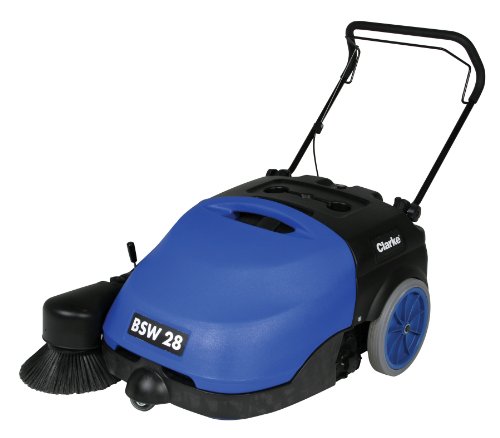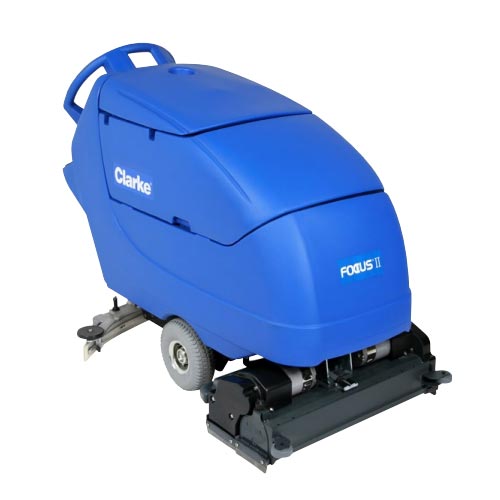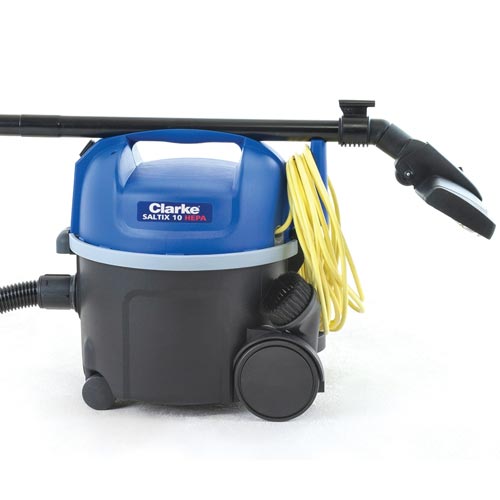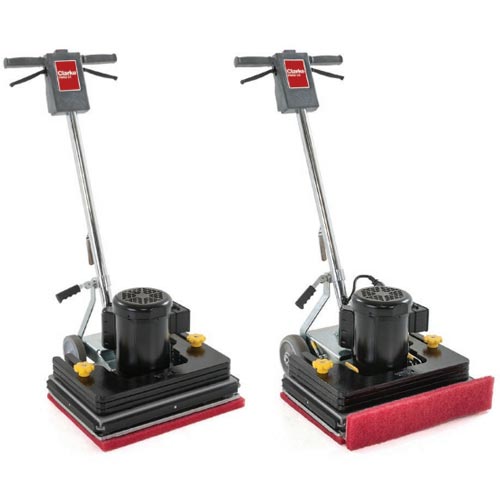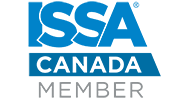Jan-San Equipment Sales & Service
Your One-Stop Shop for Cleaning Equipment Excellence
Experience Next-Level janitorial solutions with our dedicated expertise and Authorized Dealers for Advance, Clarke, Nobles, Tennant, and Viper products. As a local family-owned & operated business with seven decades of service excellence, Jan-San Equipment Sales & Service is the go-to partner for all your commercial janitorial equipment needs.


